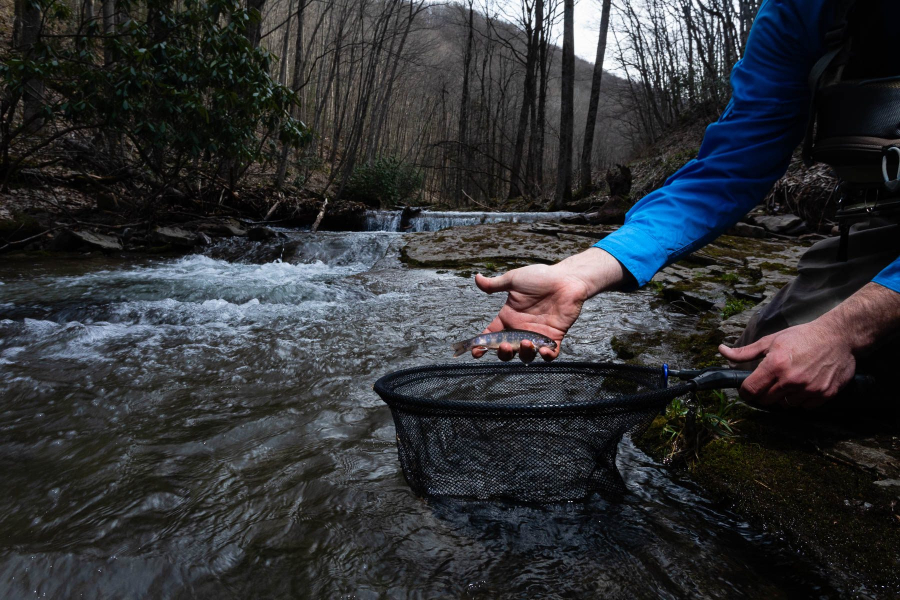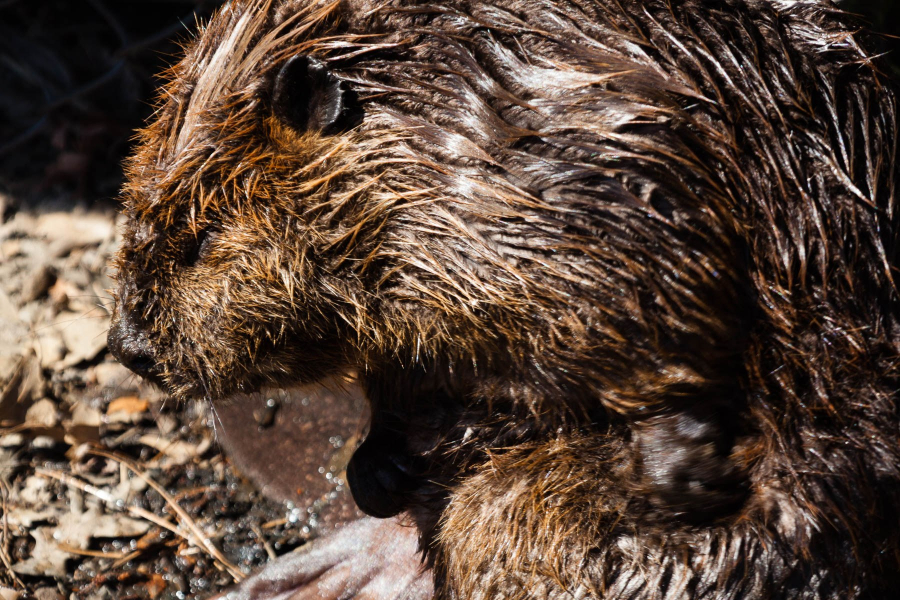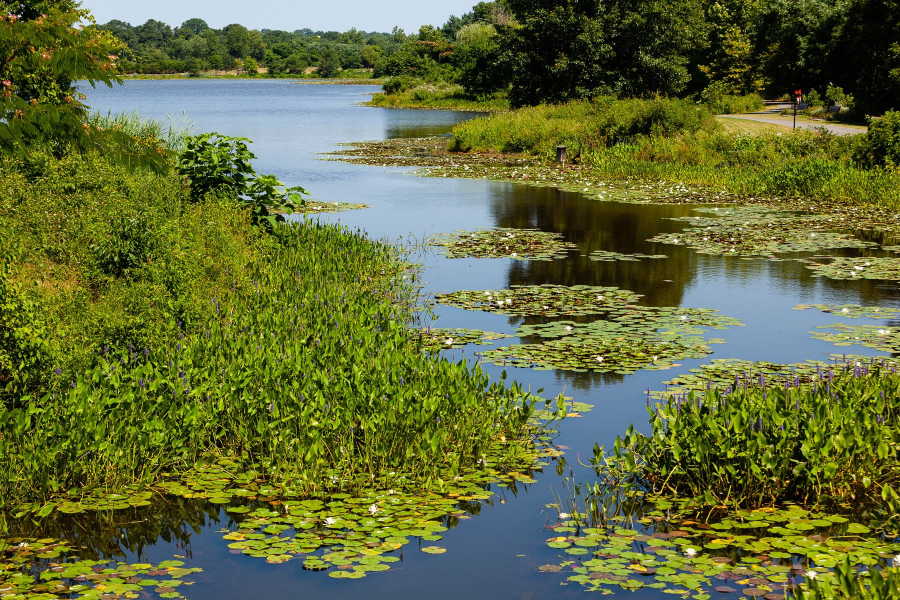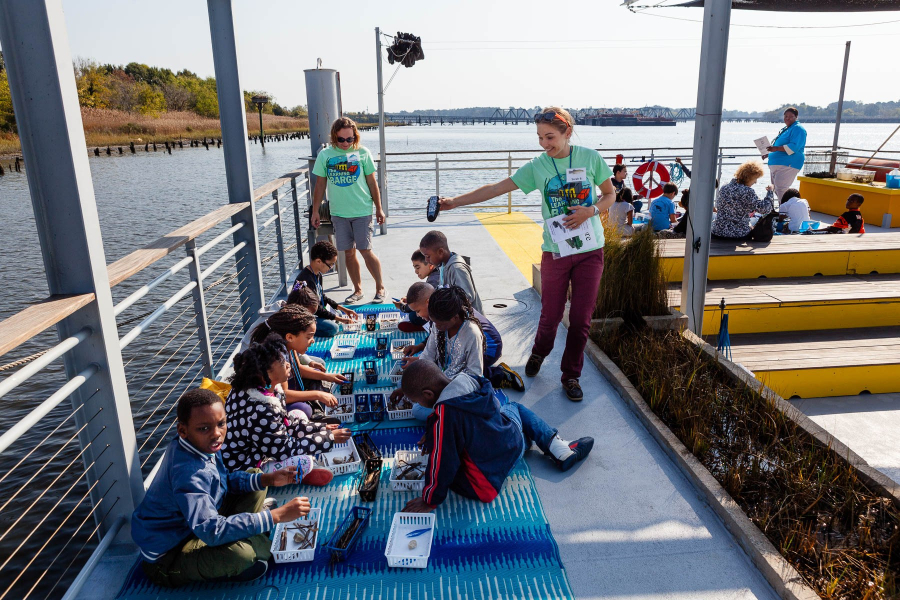What’s your ‘Unsung Hero’ of the Chesapeake Bay?
Chesapeake Bay Program staff and partners spotlight their favorite wildlife, places, programs and people




Chesapeake Bay Program staff and partners spotlight their favorite wildlife, places, programs and people




Comments
There are no comments.
Thank you!
Your comment has been received. Before it can be published, the comment will be reviewed by our team to ensure it adheres with our rules of engagement.
Back to recent stories